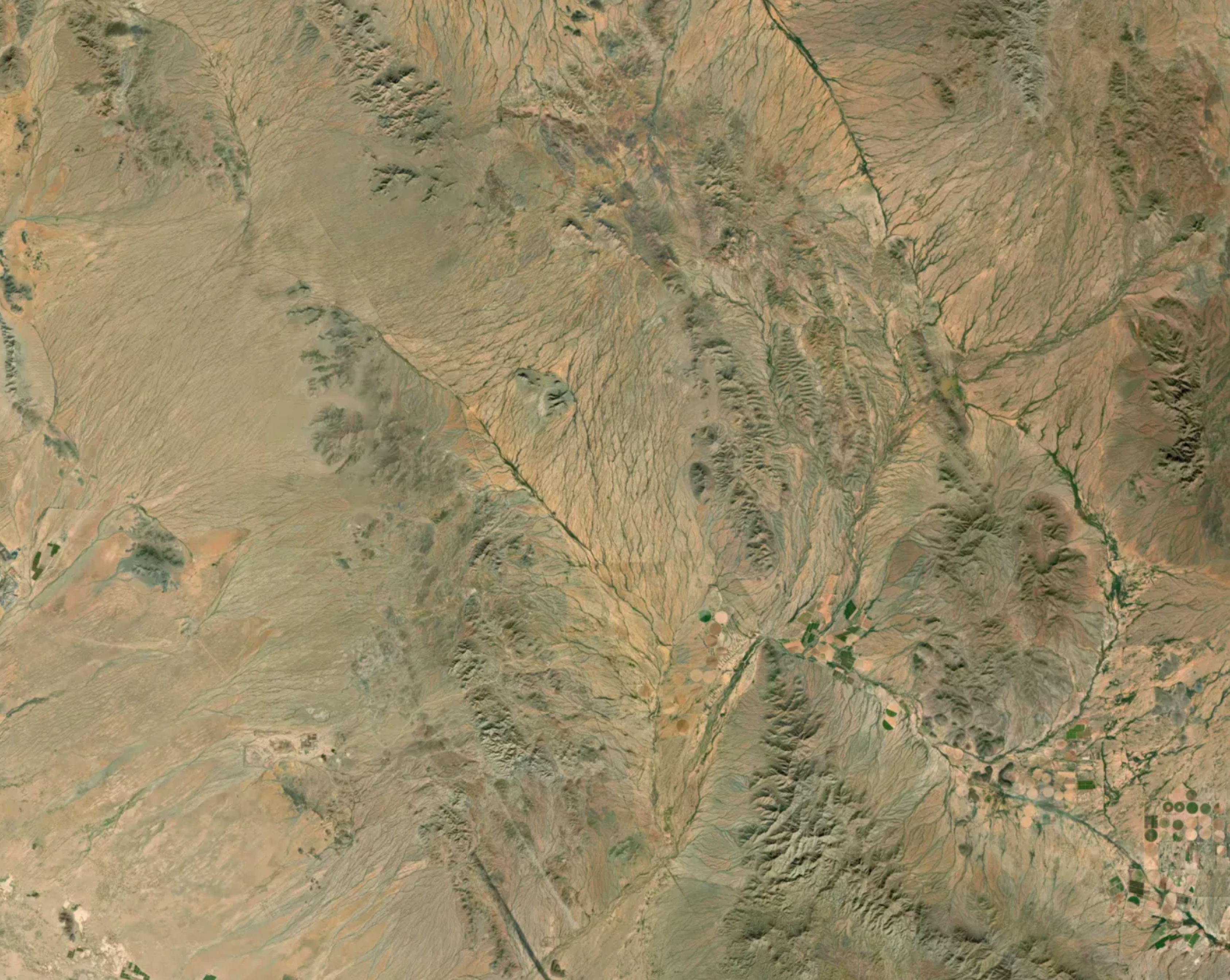Sonora, Mexico
The "Golden Triangle" dry placer district in Sonora, Mexico, is a harsh desert region 80 to 100 miles south of the U.S. border, characterized by high summer temperatures, mild winters, and sparse rainfall. This historically significant area saw its first gold discovery in 1799, leading to a bustling gold rush. Although much of the easily accessible gold was exhausted by 1811, mining has continued sporadically, with notable activity during and after the Mexican Revolution and again following the liberalization of mining laws in the 1980s. The region's gold deposits, derived from ancient quartz veins and schist, remain substantial, with modern estimates suggesting significant quantities of gold still present in the rich, cemented pediment gravels. Today, American and Canadian companies are active in the area.

